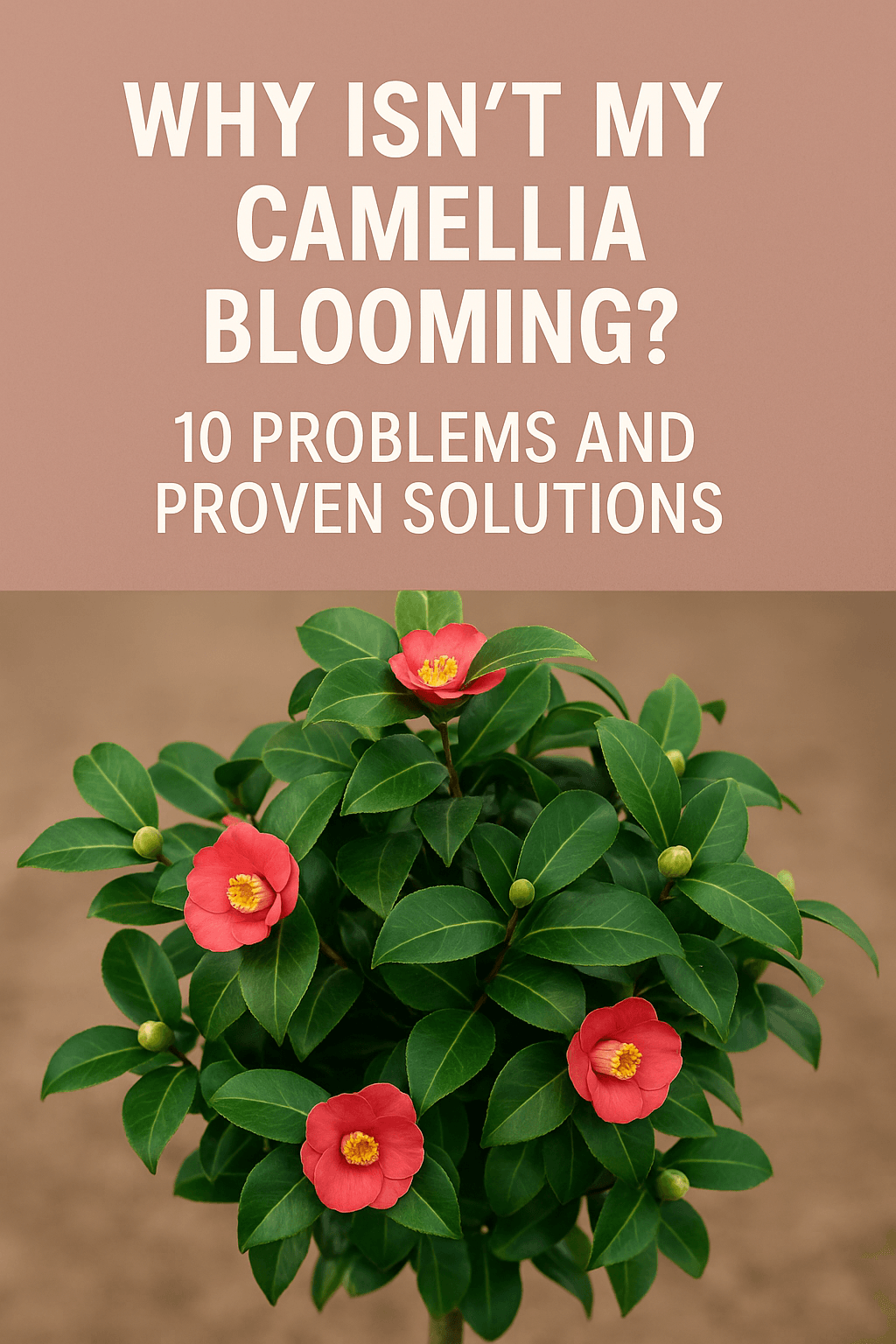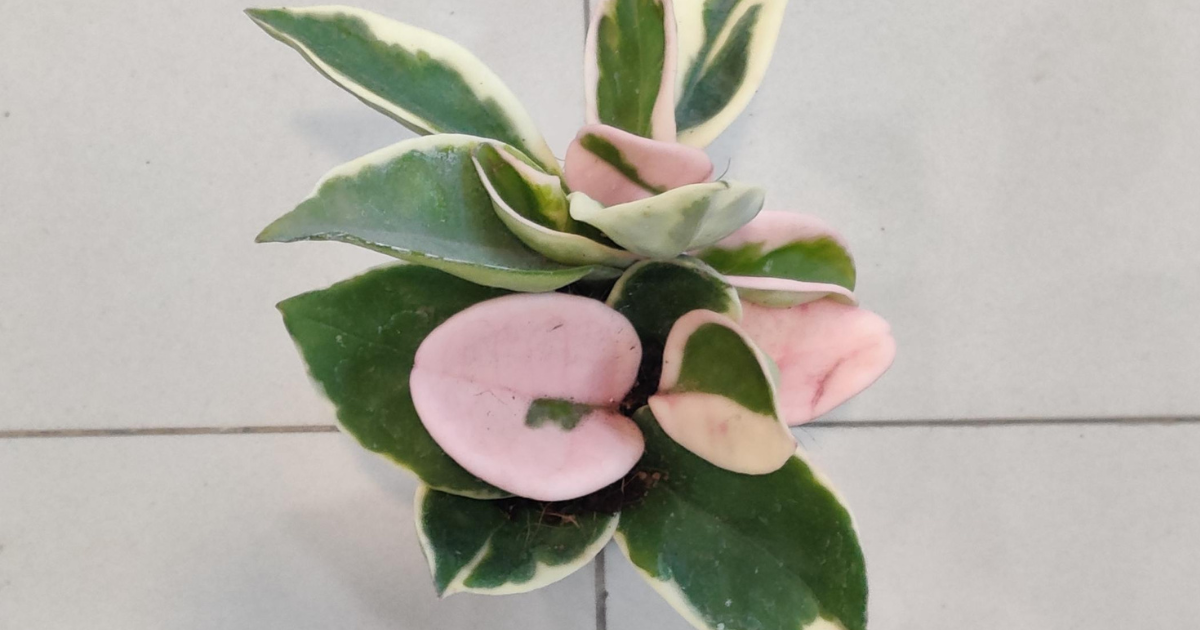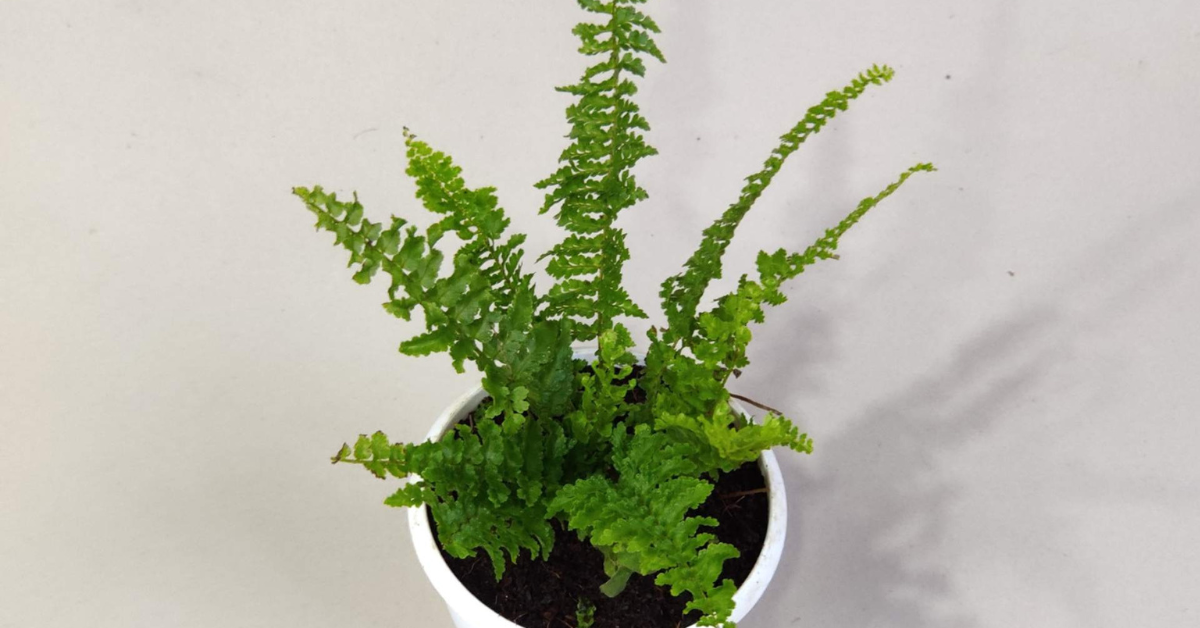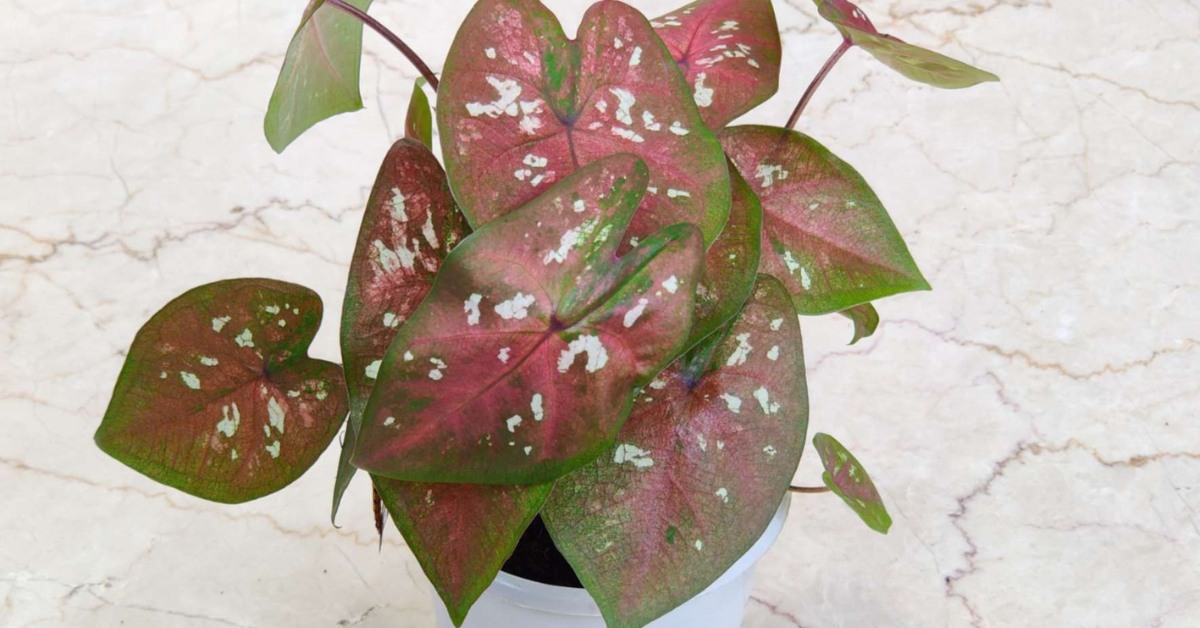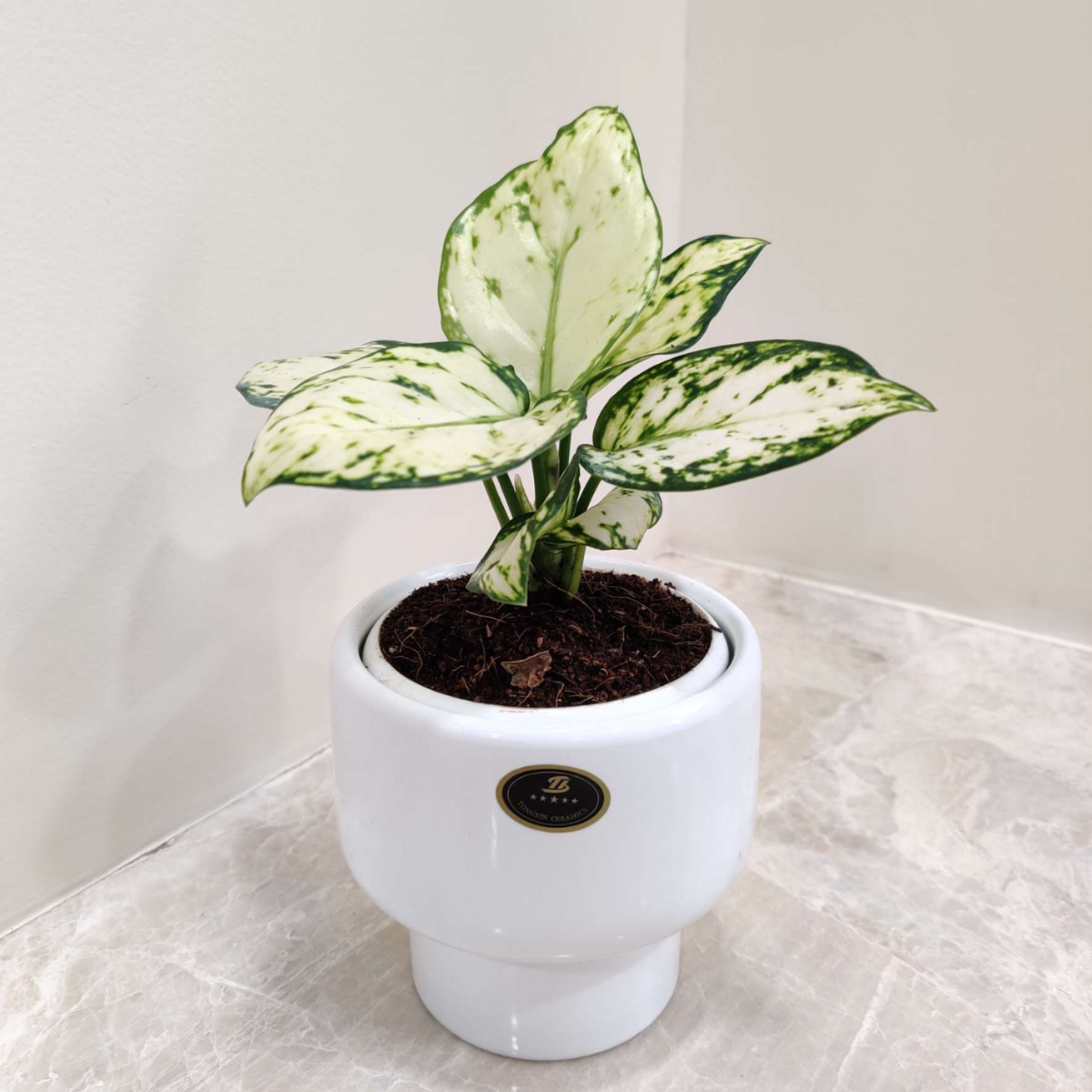Camellias are among the most enchanting flowering shrubs, prized for their glossy evergreen leaves and spectacular blossoms that brighten up the garden in winter and early spring. When many plants lie dormant, camellias bring vibrant color with blooms ranging from pure white to deep crimson. Their ability to thrive in partial shade and their long life span make them a beloved choice for gardeners worldwide.
But what happens when your camellia refuses to bloom? Few things are as frustrating as watching a healthy-looking plant push out lush foliage season after season with no flowers in sight. If you’ve found yourself asking, “Why isn’t my camellia blooming?” — you’re not alone. This is one of the most common challenges faced by camellia growers, especially beginners.
The good news? With the right knowledge and a bit of patience, you can often identify the root cause and help your camellia return to its show-stopping glory. This comprehensive guide will explore the most common reasons camellias fail to bloom — from soil conditions and pruning mistakes to pests and climate stress — and provide clear, actionable solutions for each.
Understanding How Camellias Bloom
Before diving into troubleshooting, it helps to understand how camellias produce their buds. Most camellias set their flower buds during late summer and early fall for the following winter or spring season. This means the care they receive in the preceding months directly impacts their ability to bloom.
Several factors influence bud formation and successful flowering:
- Soil pH and nutrient balance
- Watering consistency
- Exposure to light
- Protection from frost and weather stress
- Proper pruning practices
- Plant age and maturity
When one or more of these conditions are not met, camellias often respond by dropping buds (a phenomenon known as bud blast) or skipping their bloom cycle altogether.
Let’s look at the top culprits and how to fix them.
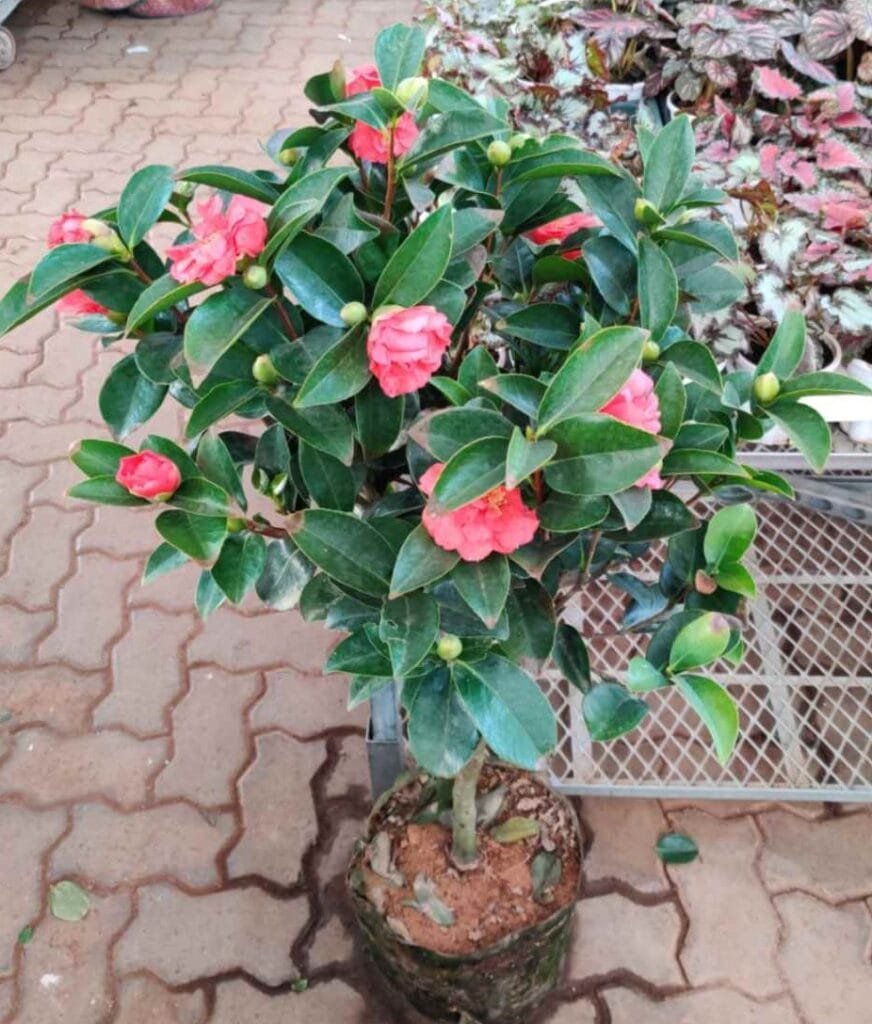
1. Bud Blast: The Impact of Cold Weather
Camellia buds are notoriously sensitive to frost and sudden temperature drops. Just as they begin to swell and prepare to open, a hard freeze can kill them, resulting in brown, shriveled buds that eventually drop off. This condition is commonly known as bud blast.
When bud blast occurs:
- Sudden late-winter or early-spring frosts
- Unseasonably warm spells followed by cold snaps
- Exposure to icy winds
Prevention:
- Choose a sheltered location: Avoid east-facing spots where morning sun hits frost-covered buds.
- Protect during freezes: Cover camellias with frost cloths, burlap, or thick blankets when hard freezes are expected.
- Mulch generously: A thick layer of mulch insulates the root zone and stabilizes soil temperature.
- Select hardy cultivars: Some varieties, like Camellia japonica, are more frost-sensitive than Camellia sasanqua.
Unfortunately, once buds are destroyed, there’s no way to revive them for that season. Prevention is the only effective strategy.
2. Soil pH Problems: The Acid-Loving Nature of Camellias
Camellias are acid-loving shrubs. For optimal growth and flowering, they prefer soil with a pH between 5.8 and 6.5. When soil is too alkaline (above 7.0), camellias struggle to absorb essential nutrients like iron and magnesium. This not only stunts their ability to produce flowers but can also cause chlorosis — yellowing leaves with green veins.
Signs of alkaline soil issues:
- Yellow leaves despite healthy watering
- Weak overall growth
- Few or no flower buds
Solutions:
- Test your soil regularly: A simple soil test kit will reveal pH and nutrient balance.
- Amend the soil: Aluminum sulfate quickly lowers soil pH, while sulfur chips provide a gradual adjustment. Always follow manufacturer guidelines to avoid harming roots.
- Choose the right compost: For potted camellias, use an ericaceous (acidic) compost.
- Add organic matter: Well-aged compost and mulched pine needles help maintain soil acidity naturally.
Pro Tip: Avoid quick fixes like vinegar solutions, which are ineffective and potentially harmful. Adjusting soil pH is a long-term process, and improvements may not be visible until the following year’s bloom cycle.
3. Fertilizer Mistakes: Too Much or Too Little
Fertilizer plays a critical role in camellia health — but misuse is one of the most common reasons for poor blooming.
- Too much nitrogen encourages lush green leaves at the expense of flowers.
- Too little fertilization leaves the plant starved of essential nutrients needed for bud formation.
Fertilizer guidelines for camellias:
- When to feed: Apply fertilizer after flowering in early spring and again in early summer. Avoid feeding after July, as late fertilization can trigger bud drop.
- What to use: Opt for fertilizers formulated for acid-loving plants.
- How to supplement naturally: High-quality compost provides balanced nutrients and fosters beneficial soil microbes.
Warning: Overfertilization not only harms your camellia but can also damage soil health and contribute to nutrient runoff in the environment. Always follow soil test results before feeding.
4. Inconsistent Watering: The Silent Bloom Killer
Camellias need consistent moisture, especially during late summer, when they form the buds for next year’s flowers. Drought or irregular watering during this critical period often leads to bud drop or complete failure to bloom.
Best watering practices:
- Water deeply so moisture penetrates 14–18 inches into the soil.
- Check soil moisture: Let the top two inches dry out before re-watering.
- Use a soil moisture meter for accuracy, especially in hot climates.
- Mulch generously to retain soil moisture and regulate temperature.
Avoid shallow, frequent watering, which encourages weak root growth. Instead, aim for deep, infrequent watering that promotes resilience.
5. Pruning at the Wrong Time
Camellias tolerate pruning, but timing is everything. These shrubs set their flower buds in late summer for the next season, so pruning too late means you may unknowingly cut off future flowers.
Pruning tips:
- When to prune: Immediately after flowering ends.
- Avoid late pruning: Never prune in late summer, fall, or early winter.
- Watch for buds: If you see small buds forming at the tips, hold off pruning unless necessary.
- Don’t overdo it: Heavy pruning can shock the plant and delay blooming for up to two years.
If you’ve pruned at the wrong time, don’t panic. Focus on maintaining good care practices, and your camellia should recover the following year.
6. Too Much Shade
Although camellias dislike harsh direct sunlight, they also won’t bloom in heavy shade. They need at least four hours of direct sunlight daily to produce flowers. Without enough light, plants often grow thin and leggy, with sparse blooms or none at all.
Solutions:
- Observe your garden: Track sunlight exposure throughout the day.
- Trim back surrounding vegetation that blocks sunlight.
- Consider transplanting: If your camellia is in deep shade, relocate it to a brighter spot with filtered or morning sun.
7. Plant Age: Patience Required
Sometimes the issue is simple: your camellia is too young. Many varieties won’t bloom reliably until they are at least five years old.
If your plant is under this age, patience is key. However, if your camellia bloomed when purchased or has flowered in the past, age is not the problem — and one of the other factors is likely to blame.
8. Pest Problems
Several pests can interfere with flowering by weakening the plant:
- Scale insects: Appear as white, waxy spots on stems and leaves.
- Bud mites: Tiny pests that attack developing flower buds.
- Aphids: Small green insects that cluster on new growth and buds.
Solutions:
- Apply horticultural oils during dormant season for scale.
- Use insecticidal soap or neem oil for soft-bodied pests.
- Encourage beneficial insects like ladybugs instead of broad-spectrum pesticides.
9. Fungal Diseases
Diseases can also sabotage camellia blooms:
- Petal blight: Causes brown blotches that quickly spread across petals.
- Gray mold (Botrytis): Attacks buds, preventing them from opening.
Prevention:
- Ensure good air circulation.
- Avoid overhead watering.
- Remove and destroy fallen flowers and debris.
- Apply mulch to prevent fungal spores from splashing onto plants.
10. Transplant Shock
If you’ve recently transplanted your camellia, don’t be surprised if it skips blooming for a season or two. Moving disrupts root systems, forcing the plant to redirect energy to root recovery instead of flowering.
Reducing transplant shock:
- Move camellias only during the dormant season.
- Keep as much of the root ball intact as possible.
- Provide consistent watering after transplanting.
- Offer temporary shade during recovery.
- Be patient — full recovery may take up to three years.
Diagnosing Camellia Blooming Problems: A Step-by-Step Guide
- Check plant age: Under five years? Patience is required.
- Examine foliage: Yellowing leaves often signal alkaline soil.
- Observe sunlight exposure: Less than four hours daily? Too shady.
- Recall recent weather: Did a frost hit during bud development?
- Review pruning history: Did you prune after July? You may have removed buds.
- Assess watering habits: Was watering consistent in late summer?
- Inspect for pests or diseases: Look for scale, mites, or signs of fungal infection.
- Test soil: Check both pH and nutrient balance before fertilizing.
By working through this checklist, you can often pinpoint the cause and take corrective action.
Styling Camellias Indoors and Outdoors
Once you’ve solved the common issues that prevent camellias from blooming, the next step is enjoying and showcasing their beauty. Camellias aren’t just versatile flowering shrubs — they can also be styled in different ways to enhance both indoor and outdoor spaces.
Indoor Styling Tips
Camellias in containers bring year-round greenery and seasonal blooms indoors, making them perfect for brightening cool rooms, patios, or entryways.
- Choose the right container: Use pots with drainage holes and fill with acidic, ericaceous compost to keep roots healthy. Compact or dwarf varieties are best for indoor growing.
- Provide the right light: Place camellias in bright but indirect light, away from drafts and harsh morning sun. Rotate pots regularly for even growth.
- Maintain humidity: Mist leaves occasionally and keep the plant in a cooler room to mimic its natural environment.
- Prune and shape: After flowering, prune lightly to maintain a bushy, compact form.
Outdoor Styling Tips
Outdoors, camellias are highly adaptable, lending themselves to a wide range of landscaping designs.
- Choose the right location: Plant camellias in partially shaded, sheltered spots with well-draining acidic soil. Protect from harsh winds and direct afternoon sun.
- Design possibilities: Use camellias as striking specimen plants, formal hedges, or mixed borders for a layered garden look.
- Prune with purpose: After blooming, thin out dense growth and trim leggy stems to encourage a fuller form.
- Mulch for health: Apply mulch around the base to retain soil moisture, regulate temperature, and protect roots.
Show off your camellias in style
Care Tips for Both Indoor & Outdoor Displays
Regardless of where they’re styled, camellias thrive with consistent watering, acid-loving fertilizer, and prompt removal of dead flowers and damaged leaves. These simple habits ensure your camellias remain lush, vibrant, and display-ready all year.
Final Thoughts
Camellias may be resilient, but their spectacular blooms depend on very specific conditions. By providing the right soil pH, consistent watering, proper pruning, and adequate light, you’ll set the stage for abundant flowers year after year. Remember — sometimes the answer is simply patience. Once established, camellias will reward you with decades of breathtaking winter and spring color.
FAQs
1. Why isn’t my camellia blooming?
Common causes include alkaline soil, frost damage (bud blast), improper fertilization, irregular watering, pruning at the wrong time, too much shade, pests, diseases, or the plant simply being too young.
2. What soil do camellias prefer?
Camellias thrive in acidic soil with a pH of 5.8–6.5. If your soil is too alkaline, amend with aluminum sulfate or sulfur. Use ericaceous compost for potted plants.
3. How much sunlight do camellias need?
Camellias need at least four hours of direct sunlight daily. Too much shade reduces blooms, while too much afternoon sun can scorch leaves. Morning sun with afternoon shade is ideal.
4. When should I prune my camellia?
Prune immediately after flowering ends. Avoid pruning in late summer, fall, or early winter, as this removes developing buds for the next season.
5. What is “bud blast”?
Bud blast occurs when camellia buds are destroyed by frost or extreme weather fluctuations, causing them to turn brown and drop before opening.
6. How do I water camellias properly?
Water deeply so that moisture penetrates 14–18 inches into the soil. Allow the top two inches to dry out before re-watering. Mulch to retain soil moisture.
7. Can fertilizer affect blooming?
Yes. Too much nitrogen encourages foliage growth instead of flowers. Use fertilizers for acid-loving plants in spring and early summer only, and avoid feeding after July.
8. How old must a camellia be to flower?
Camellias generally start blooming reliably once they are five years old. Younger plants may not bloom at all or may bloom sporadically.
9. What pests stop camellias from blooming?
Scale insects, bud mites, and aphids are the main culprits. Treat with horticultural oil, neem oil, or insecticidal soap, and encourage beneficial insects.
10. Do diseases affect blooming?
Yes. Petal blight and gray mold can destroy flowers and buds. Improve air circulation, avoid overhead watering, and remove diseased flowers promptly.

Turn your garden into a year-round paradise — Shop Our Flowering Plant Collection and fill your space with camellias, gardenias, and breathtaking blooms in every season!

